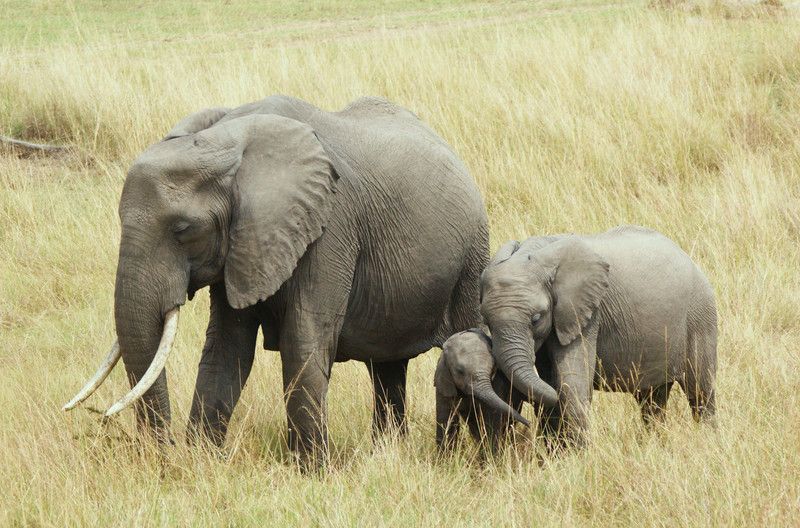MIST
Proud Member
- Joined
- Jul 25, 2011
- Messages
- 5,354
- Points
- 83
Have we lost their trust?
There are about 50,000 Asian elephants left on earth today. Hence is 40 000 wild and 10 000 domestic.
• There were more than 10 million elephants in Africa 100 years ago.
• There were 1.3 million African elephants 1979th Today they are less than 600 000.
• Between 1979 and 1989 the thief was shot eight elephants in hours due. ivory.
• It is impossible to remove an ivory without killing the elephant, there is only 1 / 3 of ivory that is visible.
• The member countries of CITES banned the ivory trade in 1989 and prices went down.
• Some countries complained then that they have too many elephants destroying their forest. Depend more on the elephants are trapped in small pockets of forest separated without hiking opportunities between them.
• Together, African countries have stored more than 700 tonnes of ivory since 1989.
• When the ivory trade is legal, prices and vulnerable elephant populations are threatened.
• At the CITES meeting in Zimbabwe in June 1997 nedlistades elephant populations in Zimbabwe, Namibia and Botswana to "app.II", which meant that these countries were allowed limited (quota) ivory exports. The consequences were that poaching increased.
• At the CITES meeting in Nairobi in June 1999 nonhazardous elephant populations once again to "app.I", which means that the elephants are once again protected
There were questions again 2010 to allow limited ivory export but the answer was no
http://www.elephantvoices.org/elephant-interests/-links-ivory-a-poaching.html
Poaching is still a big threat but if people who live where there are elephants get help to get better lifes then I think it will help.
Michael wrote about elephants in dancing the dream;
"The great males fall first ,so that their tusk canbemade into trinkets.Then the females fall, so that men can have trophies.The babies run screaming from the smell of their mothers blood,but it does them no good to run from the guns.Silently with no one to nurse them they will die too and all their bones bleach in the sun"
There are actually some people elephants can trust.
They devote their lives to help these babies.
There are about 50,000 Asian elephants left on earth today. Hence is 40 000 wild and 10 000 domestic.
• There were more than 10 million elephants in Africa 100 years ago.
• There were 1.3 million African elephants 1979th Today they are less than 600 000.
• Between 1979 and 1989 the thief was shot eight elephants in hours due. ivory.
• It is impossible to remove an ivory without killing the elephant, there is only 1 / 3 of ivory that is visible.
• The member countries of CITES banned the ivory trade in 1989 and prices went down.
• Some countries complained then that they have too many elephants destroying their forest. Depend more on the elephants are trapped in small pockets of forest separated without hiking opportunities between them.
• Together, African countries have stored more than 700 tonnes of ivory since 1989.
• When the ivory trade is legal, prices and vulnerable elephant populations are threatened.
• At the CITES meeting in Zimbabwe in June 1997 nedlistades elephant populations in Zimbabwe, Namibia and Botswana to "app.II", which meant that these countries were allowed limited (quota) ivory exports. The consequences were that poaching increased.
• At the CITES meeting in Nairobi in June 1999 nonhazardous elephant populations once again to "app.I", which means that the elephants are once again protected
There were questions again 2010 to allow limited ivory export but the answer was no
http://www.elephantvoices.org/elephant-interests/-links-ivory-a-poaching.html
Poaching is still a big threat but if people who live where there are elephants get help to get better lifes then I think it will help.
Michael wrote about elephants in dancing the dream;
"The great males fall first ,so that their tusk canbemade into trinkets.Then the females fall, so that men can have trophies.The babies run screaming from the smell of their mothers blood,but it does them no good to run from the guns.Silently with no one to nurse them they will die too and all their bones bleach in the sun"
There are actually some people elephants can trust.
They devote their lives to help these babies.


